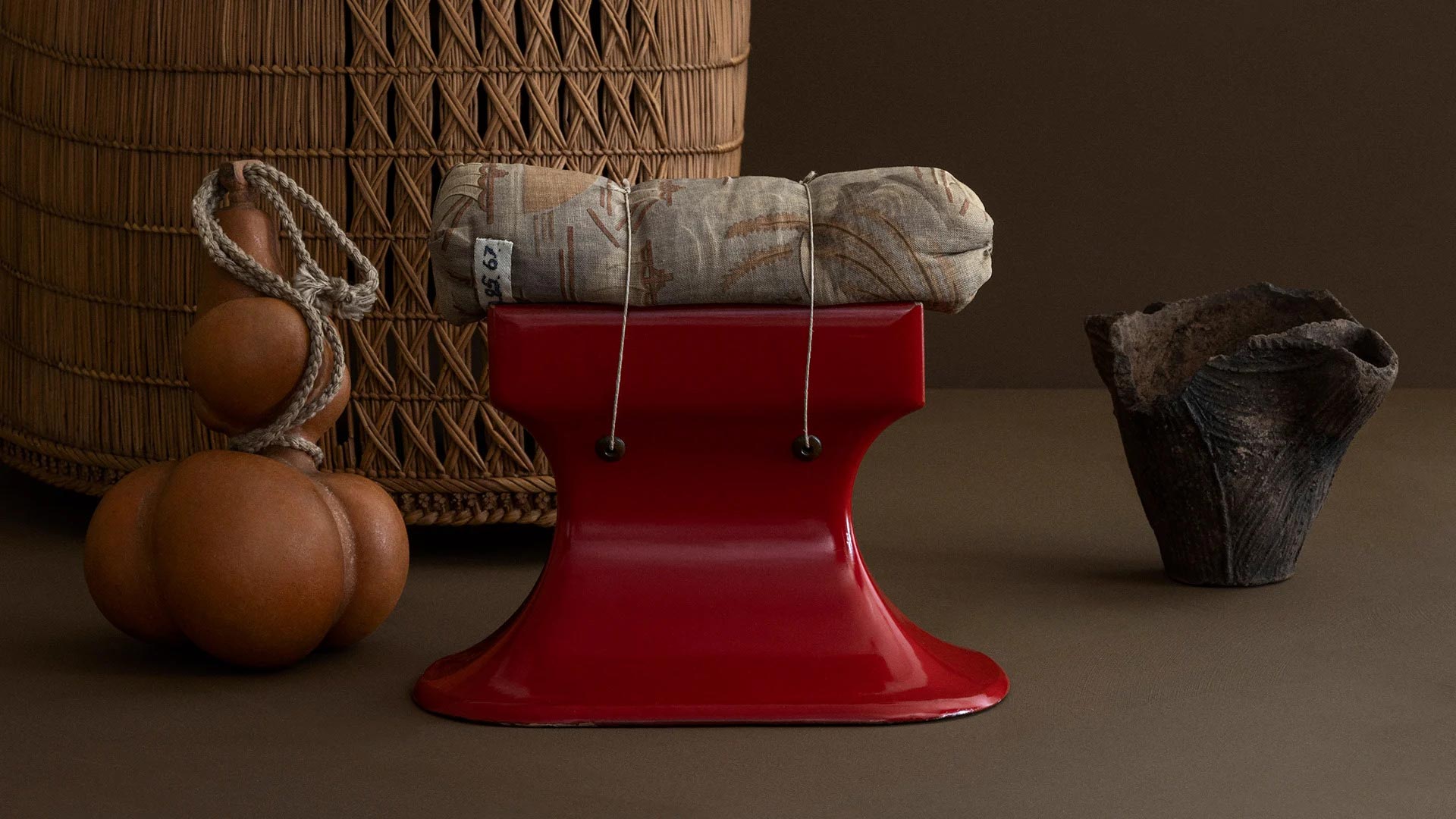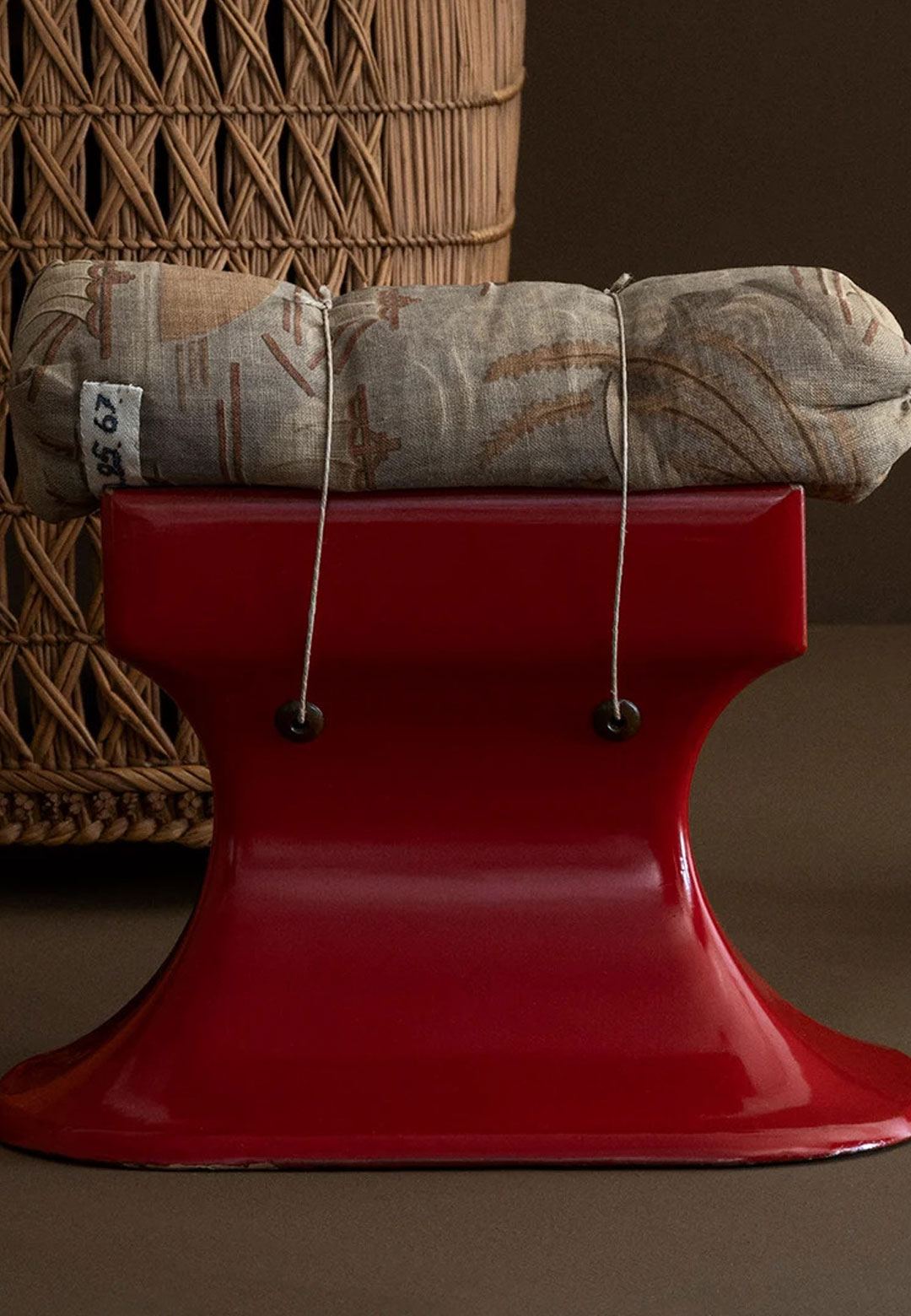The lands of Japan and the Nordic countries, albeit miles apart (both culturally and geographically), display a palpable propensity for each other apropos of design and craft languages, as the sprouting interior design trend ‘Japandi,’ a young offshoot, attests. The conspicuous similarities in aesthetic inclinations rife in the regions—sleek elements underpinned by minimalism, attention to detail, crude beauty, an affinity for wood and natural light, and sympathy towards crafts—certainly instigate curiosity pertaining to the historical cross-pollination between the two cultures. Despite multiple factors—cultures, geographies, times of emergence, and design history—that almost necessitate distinctness, the two expressions have time and again, and surprisingly, rendezvoused to weave a web of creative exchange cradled by an admiration that flows both ways. In a contemporary, allegedly smaller, world, what ensues when the distance between these two regions diminishes to nought and their past and present unite under the same roof?
The ongoing exhibition at the Museum of Far Eastern Antiquities in Stockholm, Sweden, explores the handmade in an exchange between the Nordic countries and Japan. Titled Juxtaposing Craft, the exhibit musters contemporary works by product designers, artists and craftspeople alongside artefacts from the collections of the National Museums of World Culture. On view from October 15, 2022, until winter 2023, it is a series of encounters between designers and craft artists in the Nordic countries and Japan, juxtaposing knowledge of the handmade and delving into the process of making in relation to the associated time and space in order to investigate possibilities of sustainable materialism. Initiated in 2018, this travelling exhibition premieres at the Museum of Far Eastern Antiquities as a multi-chapter exhibition bringing to light both new objects and existing collections of traditional and historical craft objects. “Juxtaposing Craft is the result of an exploratory, creative process and encounters between contemporary creators and historical collections from two continents,” explains Ann Follin, Director General of the National Museums of World Culture. “It is a splendid example of how collections such as those at the National Museums of World Culture can be a unique source of inspiration, knowledge and innovative creativity,” she adds.
Rebecca Ahlstedt and Anna Senno, curators of Juxtaposing Crafts, spent years exploring the collections of Sweden’s National Museums of World Culture with the ambition of creating new works that shed light on the different perspectives and stories that handmade artefacts carry. “An artefact often outlives its creator to tell our stories. In the exhibition, newborn and thousand-year-old protagonists meet side-by-side in the same space,” says Anna Senno. “These encounters can teach us a great deal about time and space, human and nature, life and death, material and beauty,” she adds. Built on the foundation of the study of objects and craftsmanship, the perception of time and space—their social, existential and non-linear dimensions—is pursued.
For the first time in the history of the Museum of Far Eastern Antiquities, works by fourth-generation bamboo masters, a newly created bathing ritual from Iceland that uses Jōmon pottery, lacquer work and eighteenth-century Sami drums indulge in a tête-à-tête. After a long search, Sami artists and craftspeople Fredrik Prost and Anna Senno recovered two of the ceremonial drums in Marseille. A contemporary time drum that narrates the relationship between sound and silence is created to harmonise the former. Nature, material and movement are a recurring theme in the exhibition, which includes interactive artefacts from Masaru Kawai’s forest in Gifu, Japan, a bench by Rebecca Ahlstedt and Seyia Mitazaki made in Dalarna, and a dance encounter between Nittsjö clay and the SU-EN Butoh Company. “Through materials and ornament, we shape both the world ourselves,” shares Ahlstedt. “We have great expectations for the new narratives that will be created when the exhibition meets its audience. Many of the works are interactive and analogue,” she adds.
The exhibition is a cumulation of three thematic investigations: Materiality in Motion, Water Ceremonies and The Return of Silence. These were conceived by Ahlstedt, Senno and Swedish design studio 1+1+1 (Elina Aalto, Klaus Aalto, Roshildur Jonsdottir, Petra Lilja, Sneabjorn Stefansson). The protagonist in the Stair Hall is Needles, a whirling composition by Japanese artist Toshimasa Kikuchi. Drawing inspiration from late-19th century mathematical models, these lacquered sculptures in Japanese cypress are suspended from the ceiling, juxtaposed with the exhibition space itself. Creatives including Chikunsai II, Tanabe Chikuunsai IV, Emi Fuji, Yonezawa Jiro, Gustav Karlsson Frost, Toshimasa Kikuchi, Seiya Mitzaki, Chiharu Nishijima, Stinsensqueeze, Simon Whitfield and Aoi Yoshizawa also partake in the presentation. The exhibition, a collaboration between Undeni and the National Museums of World Culture, supported by the Nordic Culture Fund, additionally features artefacts from the Dalarna Museum, the Mucem in Marseille and Galerie Mingei in Paris.
Unfathomable history and innumerable stories lie buried in objects, in craft techniques and in aesthetic manifestations—facets often left uncharted. In Juxtaposing Craft, these expressions rediscover a voice through new translation applications and propositions. The intricately layered narratives speak of how the world is intrinsically connected, a connection that is realised in the very makings of our hands. The material investigations are carried out in close dialogue with historical museum collections, drawing inspiration from them and critically revisiting their representations and narratives in tandem. The exhibition is an inquisitive endeavour that reconnoitres the traditional knowledge of craft through the lens of contemporary making—a concurrence of lands perched far apart, a juxtaposition of the present and its history.
Juxtaposing Craft will remain on view from October 15, 2022, until winter 2023, at the Museum of Far Eastern Antiquities in Stockholm, Sweden.






 Sign in with email
Sign in with email










What do you think?